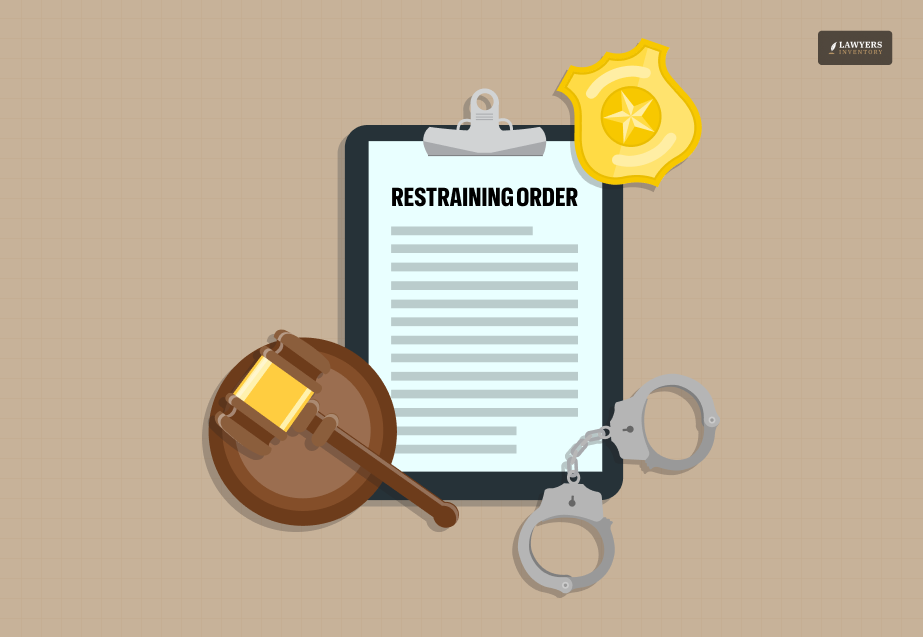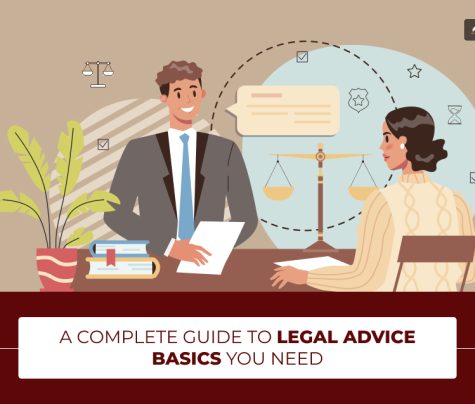
A person can be shielded from harassment, stalking, and other types of abuse by a court issuing restraining or protective orders. Did you know that getting a restraining order is usually free in cases involving domestic abuse and stalking?
It’s crucial to comprehend how a protective order operates if you immediately require one to adequately safeguard oneself.
Fear, financial difficulties, and concerns about being away from their families may make it difficult for some victims to request a restraining order.
According to a Riverside County restraining order lawyer, obtaining a restraining order can ensure safety.
But how do you do it? How to get a restraining order? You have reached the right place if you want to know that.
Hi. In today’s blog, I will explain the steps in obtaining a restraining order and provide important details. Furthermore, I will offer advice on how to deal with the court system successfully.
So, keep on reading this blog till the end…
Understanding Restraining Orders
Before knowing how to get a restraining order, you need to know what it is in the first place! So, let me explain!
A restraining order is a legal document that prevents someone else from contacting or approaching you. It could immediately offer security and relief if you feel intimidated or endangered.
The two primary categories are temporary and permanent restraining orders. The courts immediately issue a temporary restraining order (TRO) to provide rapid relief.
In the meantime, a permanent restraining order is issued following a hearing. The rules and processes governing restraining orders vary by jurisdiction.
Furthermore, I recommend that you become familiar with the laws of your state. When the court considers its ruling, be ready to discuss your case or offer any supporting documentation.
What Does a Restraining Order Do?
Have you ever felt like you are being stalked or followed? Have you been in an abusive relationship? Do you or your child often face issues related to your safety and security? If the answer to all the above questions is a resounding YES, you need a restraining order!
The judge can use a restraining order to set rules that another party involved cannot follow. These orders are typically granted in situations involving harassment, stalking, domestic abuse, or other frightening conduct.
The order’s goals are to restrict contact with the individual for whom the restraining order is granted and offer some protection.
Local law enforcement agencies usually enforce such an order, and specific requirements may need to be fulfilled depending on the jurisdiction.
Additionally, even though it might be challenging to balance protecting one person’s safety and another’s freedom of expression and movement, anyone who has been harmed or is presently being harmed should consider getting a restraining order.
Who Can Get a Restraining Order?
The judge can issue restraining orders to individuals of any gender, age, or race to guarantee safety and protection for those in need.
However, to be eligible for a restraining order, the person must be a victim of threats of financial or physical harm. Usually, a guardian files the restraining order request for a minor under 16.
Police will serve the abusive individual with a copy of the protective orders after the court considers the evidence presented to decide whether a restraining order is necessary. Following that, they must legally follow the limitations outlined in the order.
How to Get a Restraining Order?
Now that you know what a restraining order is let me tell you the steps you must take to get it! Here are some of the things that you need to follow:
Identifying Your Specific Needs
Firstly, you must determine your needs before you seek a restraining order. Your needs will establish what kind of restraining order you require and how to approach your case.
Relationship-based harassment, threats, and actual physical violence require a different kind of response. You must understand what kind of trouble you are in.
If you have concerns about parental kidnapping, you should understand the law. Awareness of the law allows you to file a restraining order during a custody modification case.
Each type of restraining order serves a different purpose. Ask yourself how long you might need protection of this kind and whether you might need any additional provisions prohibiting further contact with the abuser or any restrictions on his/her access to home and work.
Immediately evaluate your feelings and security in your residence. Check if you need major changes in your living environment to feel safe.
Hiring a lawyer can provide you with the support you need.
Gathering Necessary Documentation
Secondly, gather any proof that backs up your assertions. Images of injuries, voicemails, and emails or texts containing threats or harassment may fall under this category.
Record the precise dates, hours, and specifics of episodes to demonstrate a pattern of abuse. Additionally, get the testimonies from anyone who could have witnessed the incidents. Their descriptions of what happened can give the incident more background.
Also, ask for a copy of the police reports if they were involved. Maintain your documentation. Write about your feelings and experiences in a notebook and how the circumstance impacts your day-to-day activities.
Furthermore, you can use this journal to support your case and act as an official document. When you request a restraining order, court records about your relationship with the individual in question will be helpful.
Filing Your Restraining Order
You can apply for the protective order once you have all the necessary documents.
Check your local courthouse or family court. Each area may have different forms and instructions. Visit the court’s website or call them to find the necessary forms.
After submitting your application, the clerk will provide you with a court date and a copy of your stamped application.
If you need immediate protection, ask the clerk for a temporary restraining order before your hearing.
Fill out the necessary forms carefully and clearly. Be truthful and provide all the facts to avoid discrepancies that could cause delays or jeopardize your case. Don’t forget to make extra copies for future use.
Bring your completed application to the court clerk’s office so they can check it for completeness. Some places may have a filing fee, so ask for a fee waiver if you cannot afford it.
Preparing for Court Hearing
Finally, prepare documents such as a stalking petition, police reports, restraining orders, or other evidence of harassment or threats. Have statements of the facts before the incident and your testimony ready.
You can prepare for the hearing by practicing what to say beforehand. Be clear and concise when explaining why you need a restraining order and how the other person’s actions have affected you. You can practice with a friend or lawyer to help you stay confident.
Dress properly and arrive early. Speak calmly and clearly to present your case before the judge effectively.
Know Your Rights!
If you feel threatened and unsafe, do not hesitate to take the proper steps and get a restraining order. A restraining order in such cases would become your ultimate weapon against abusive patterns.
I hope that this blog has been of help to you. If there are any other queries that you want to know regarding restraining orders, please feel free to let us know in the box below!
Read Also:
- What Are The Benefits Of Hiring DWI Lawyers?
- 5 Qualities To Look For When Hiring An Employment Lawyer
- Benefits of Hiring a Personal Injury Lawyer You Did Not Know About!











0 Reply
No comments yet.